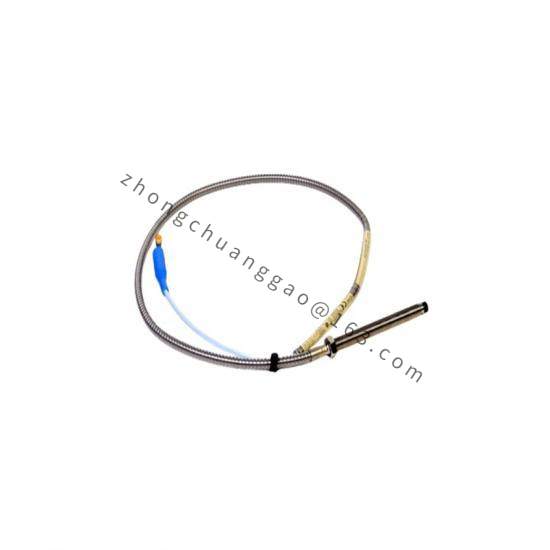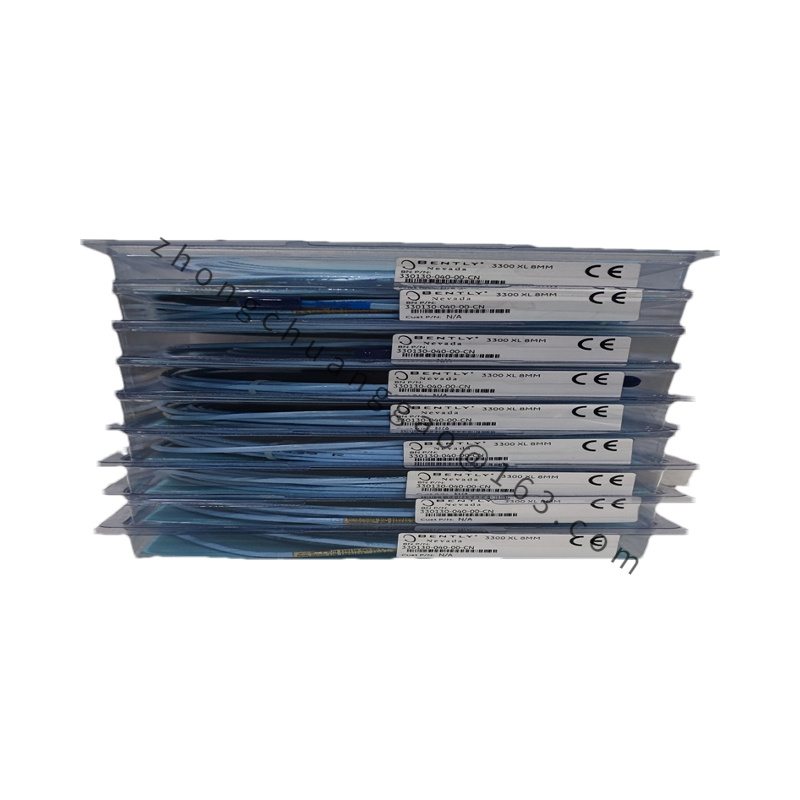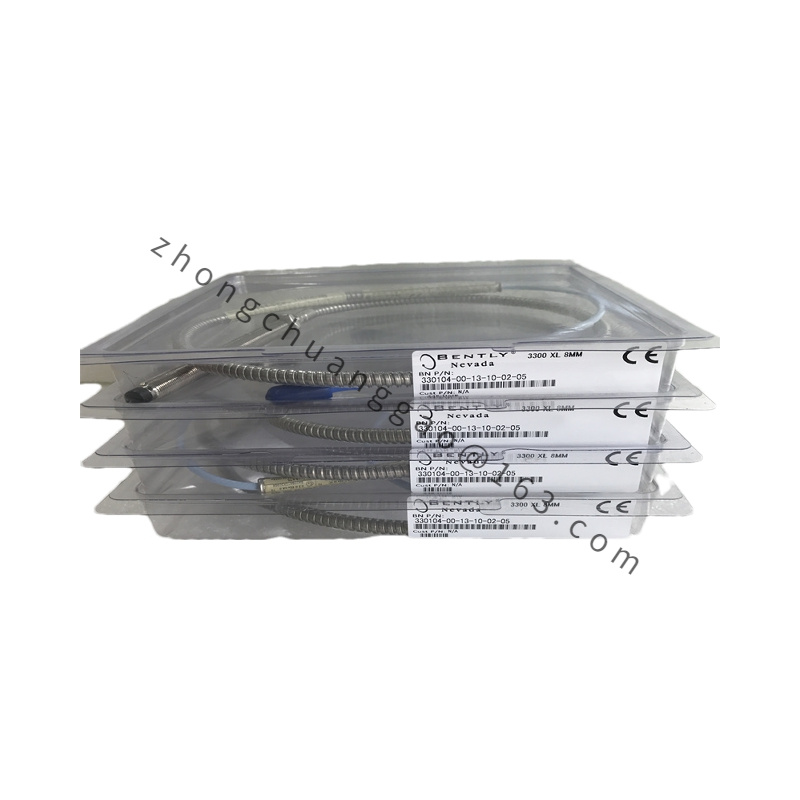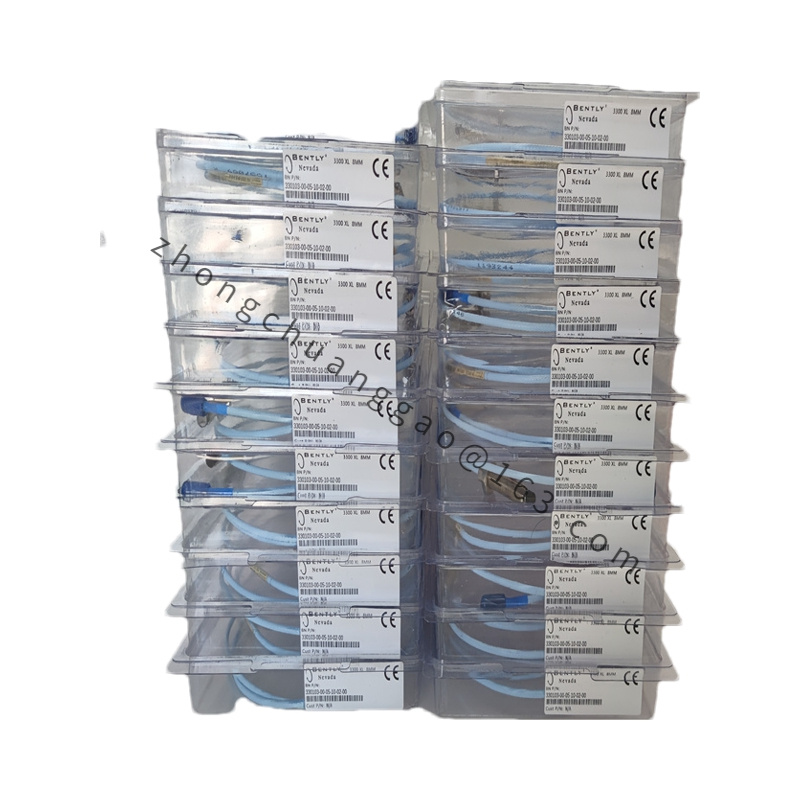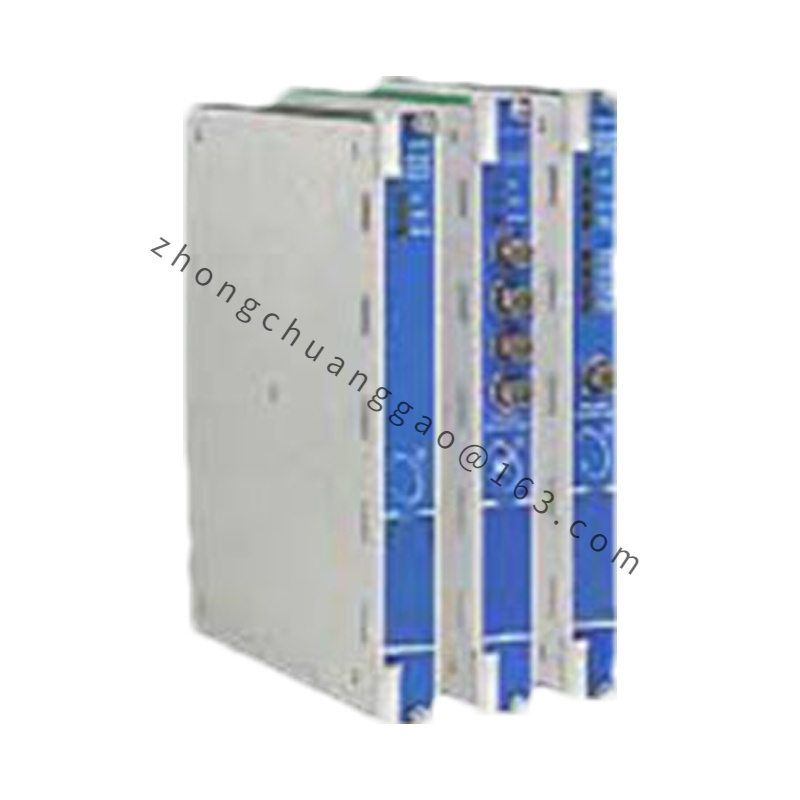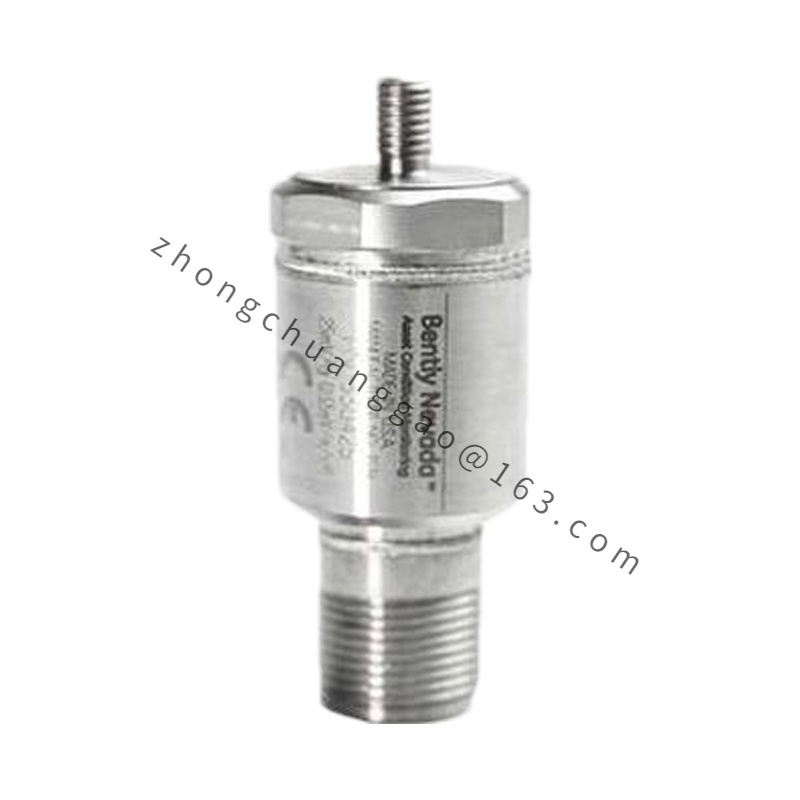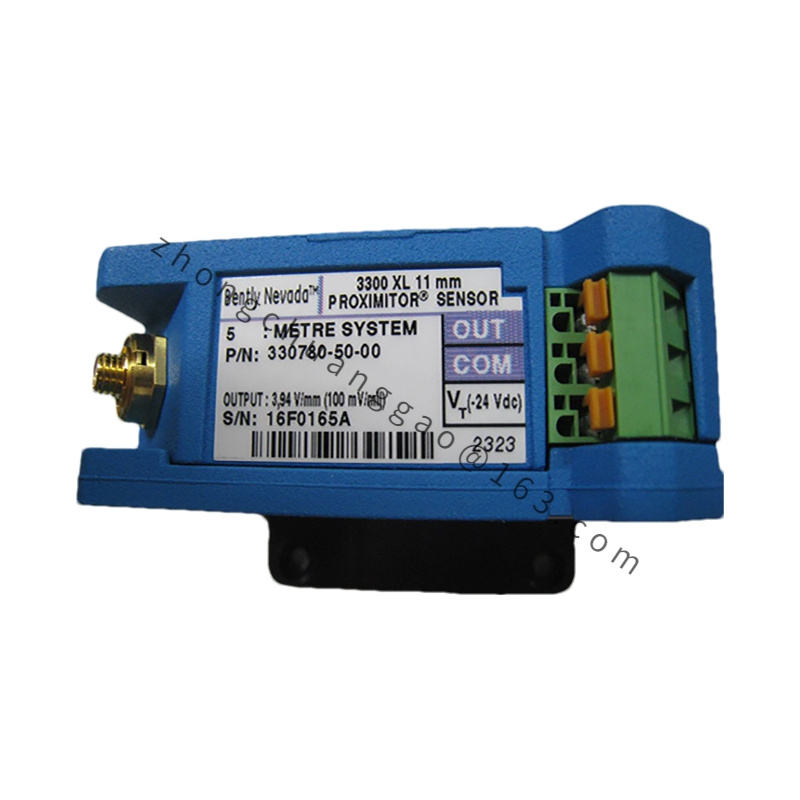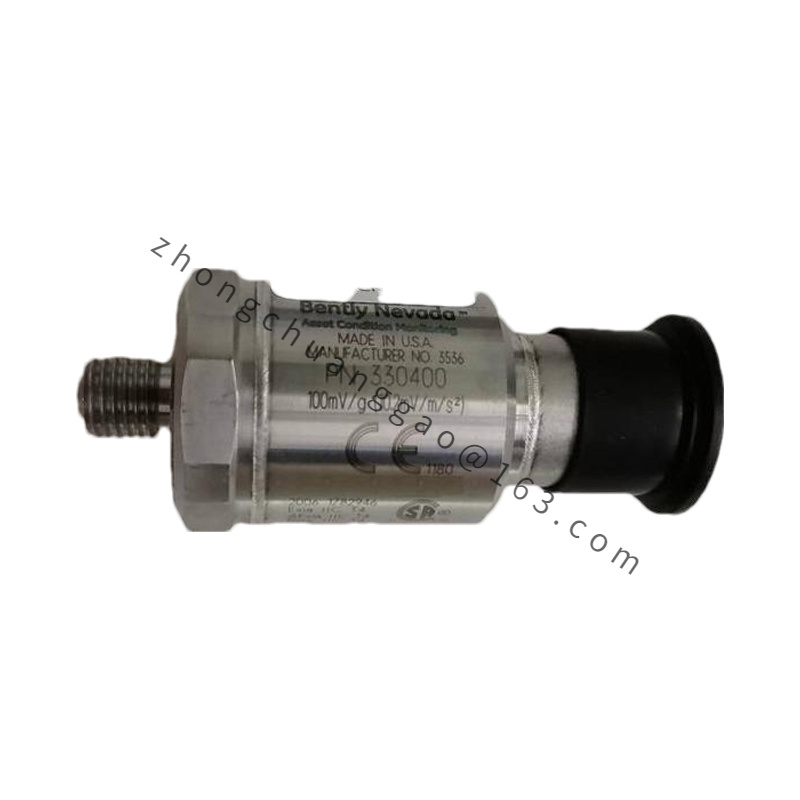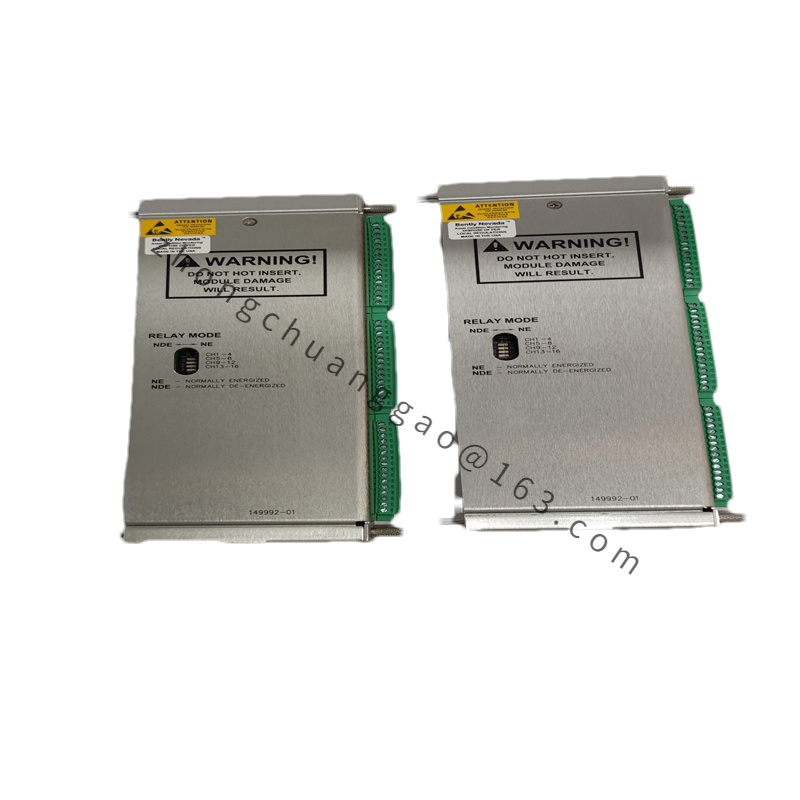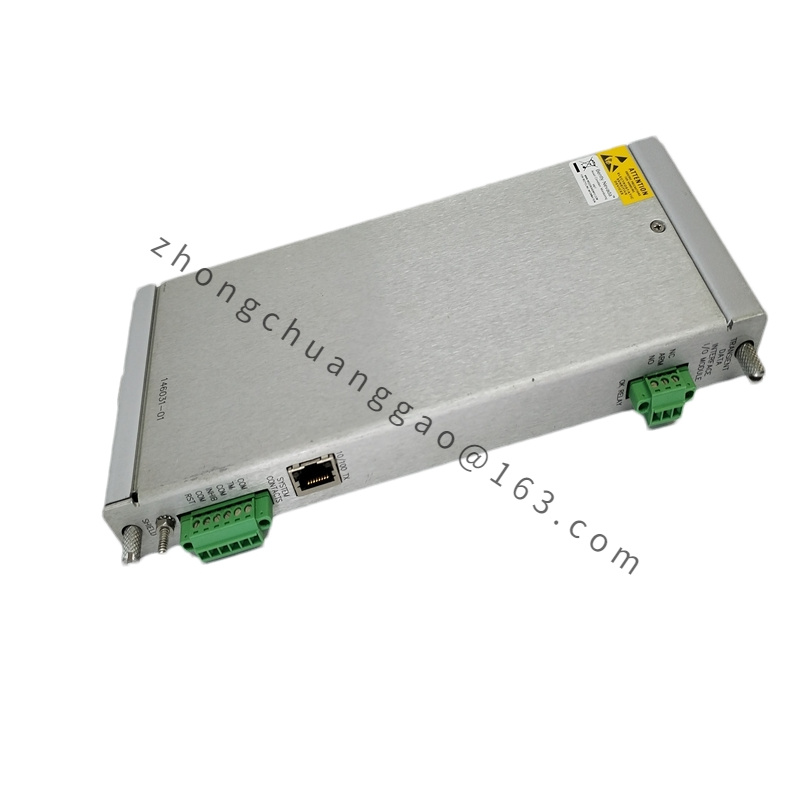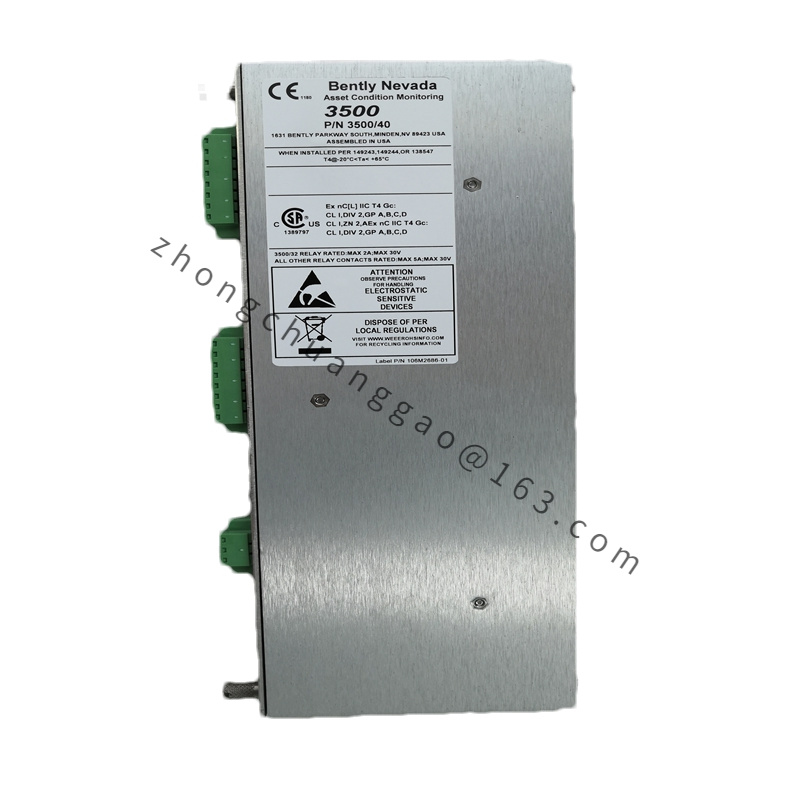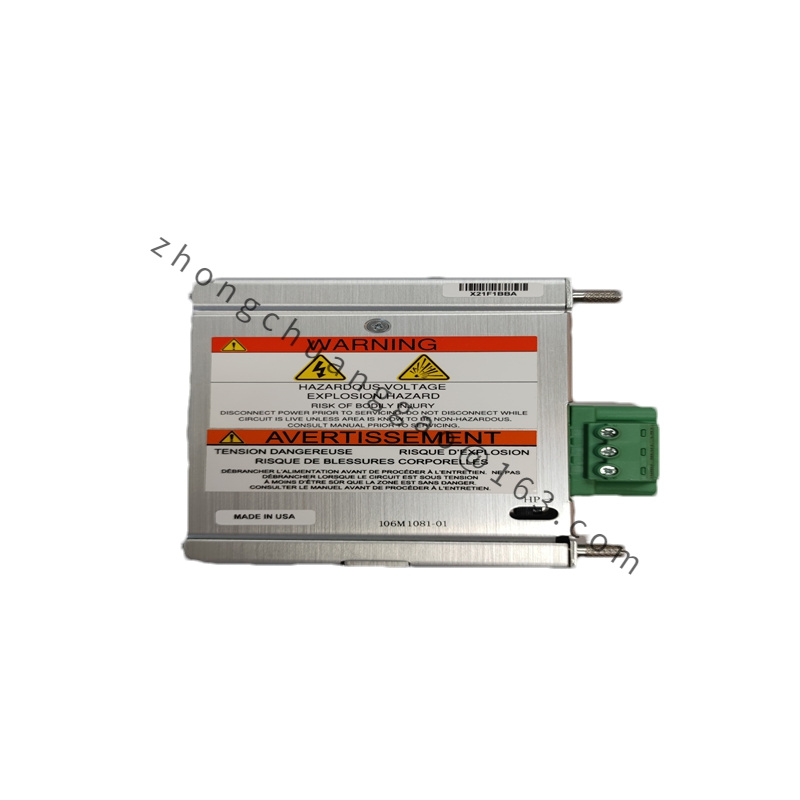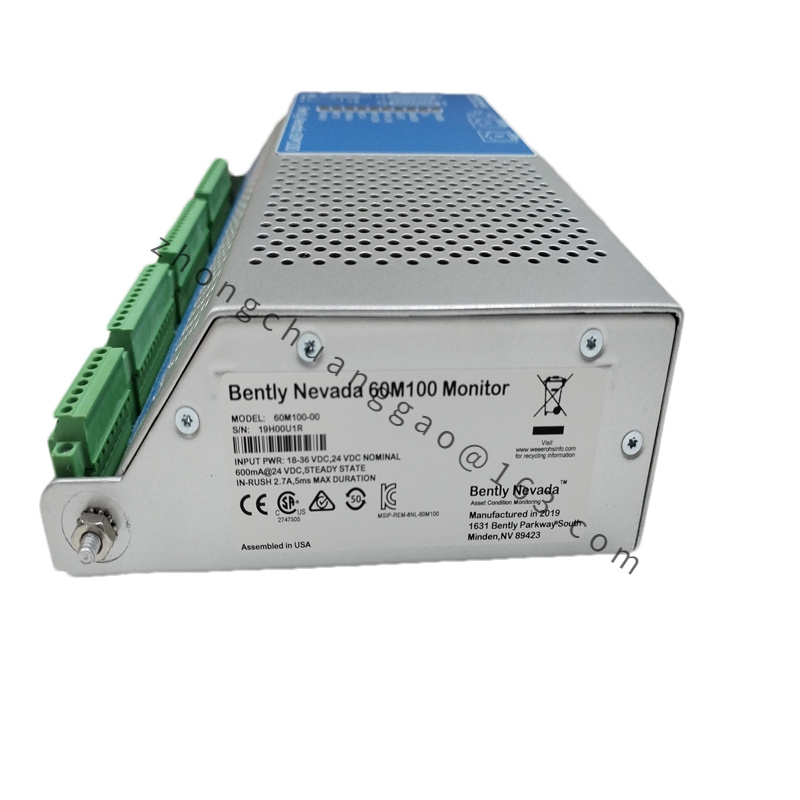Bently Nevada 330102-00-10-10-01-05 | 3300 XL 8 mm Proximity Probes
The BENTLY NEVADA 330102-00-10-10-01-05 3300 XL 8 mm Proximity Probes are designed for industrial control applications, providing unparalleled precision in measuring distance and proximity. These probes offer high reliability and durability, making them ideal for harsh industrial environments.
Detailed content
Operating Voltage:220 V
Probes Length:8 mm
Detection Range:0-500 mm
Operating Frequency:10 kHz
Accuracy:+/- 0.5% of reading
Material:Stainless Steel
Environment Resistance:IP67
Temperature Range:-40°C to +125°C
Introducing the Bently Nevada 330102-00-10-10-01-05 3300 XL 8 mm Proximity Probes, a cutting-edge solution designed for the most demanding industrial control environments. Engineered with precision and reliability at their core, these probes deliver unparalleled performance in detecting metallic objects with exceptional accuracy.
Crafted from high-grade stainless steel, these probes are built to withstand harsh industrial conditions while ensuring durability and longevity. Their robust construction allows them to operate reliably across a wide temperature range of -40°C to +125°C, making them suitable for various industrial applications.
Equipped with an advanced detection frequency of 8 MHz, the 3300 XL 8 mm Proximity Probes offer enhanced sensitivity and response time, allowing for precise detection even in close proximity to metallic surfaces. This feature is particularly beneficial in applications requiring high precision and quick reaction times.
Featuring IP67 environmental resistance certification, these probes can withstand dust and water ingress, ensuring reliable operation in challenging outdoor or factory environments. This level of protection guarantees continuous performance under varying conditions without compromising functionality.
Utilizing a 2-wire loop-powered design, the 330102-00-10-10-01-05 3300 XL 8 mm Proximity Probes are compatible with existing industrial control systems, simplifying installation and integration processes. This design choice reduces wiring complexity and ensures efficient power supply to the probes, minimizing potential sources of failure.
